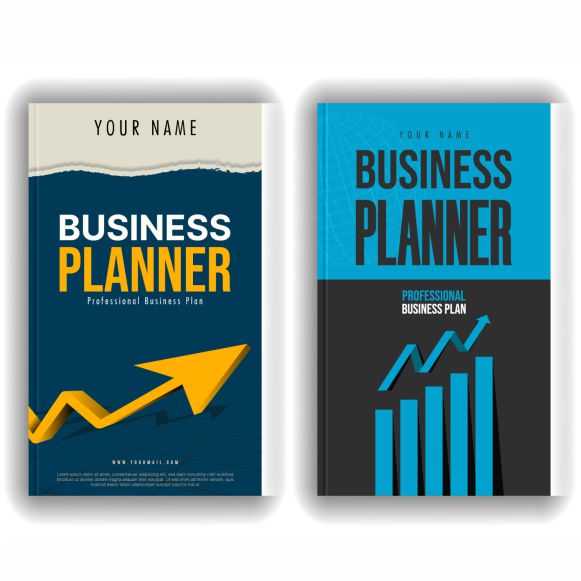
Planning written content involves making a reliable arrangement of pieces of literature that address a brand or person. Writing materials typically include letterheads, envelopes, business cards, notebooks, and in some cases additional items such as stickers or names.
Please give me more insight into the Stationary Design you would like to photograph. For example:
Availability: In Stock
Here is a good illustration of the components that are usually remembered for a fixed project:
Letterhead:
A letterhead usually contains the organization or person’s logo, name, address, contact data (telephone number, email address, site) and sometimes a slogan or trademark.
A letterhead plan often combines typefaces, text styles, and realistic elements that fit the brand’s visual character.
Envelopes:
Envelopes are intended to match letterhead, often featuring similar logos, types and typography.
They include shipper and beneficiary locations, which are usually adjusted to standard mailing designs.
The size and style of the envelope may vary according to the needs of the association.
business card:
Business cards usually include an individual or organization’s logo, name, job title and contact data.
They can likewise include virtual entertainment handles or QR codes for simple entry into computerized stages.
With thought given to text dimension and contrast, the plan should be visually appealing and easy to use.
Notebook:
Notebooks may feature or inconspicuously mark the logo on each page, header or footer.
They give space for people to write notes or updates and can be adjusted in terms of estimate and number of pages.
Extras (optional):
Depending on the needs of the brand or person, different items such as stickers, names, or show envelopes can be memorized for a set of written materials.
Stickers or markings may include logos or markings and are useful for bundling or naming items.
Display envelopes can include pockets to hold records or materials and feature markings on the cover.
As for the nuances of setting, here are a few considerations:
Visual Personality: Ensure that all written material is consistent with the visual character of the brand, including the use of type, text styles and realistic elements.
Whitespace: Collect appropriate whitespace to have a perfect and expert look, stay away from cluttered projects.
Print Quality: Pay attention to print quality and choose high-quality paper stock to guarantee that the written content presents well and reflects the brand.
Clarity: Focus on cleanliness in typography decisions and format to guarantee that contact data and various nuances are not difficult to use.
Brand Character: Infuse the plan with elements that reflect the brand’s character and values, whether through a variety of decisions, symbols or information.
In general, a well-planned written content set presents a well-rounded and strong brand character across various correspondence channels.
Reviews
There are no reviews yet.